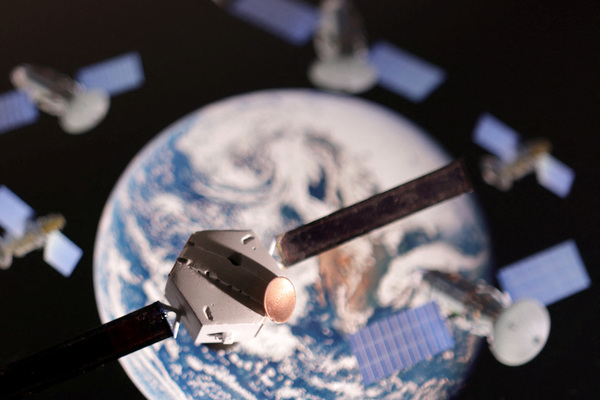How the world’s most successful companies bring products to market faster
Major product manufacturers gain speed and competitive advantages by leveraging digital prototypes

In 2025, manufacturers face marked uncertainty and competition. Supply chain pressures and customer expectations are pushing product design firms, small businesses and global enterprises to move faster than ever before. These pressures mean that it’s critical to develop and bring new products to market with increased efficiency and impact.
It’s understandably difficult to survive in this environment, but some companies have uncovered a powerful key to success: digital prototypes.
Digital versus physical prototypes
Traditionally, companies that make consumer goods have relied on physical prototypes throughout product design and development, enabling internal teams to iterate the new product before bringing it to market. Made from clay or manufactured overseas, physical prototypes are slow and costly to produce, and they prevent marketing from generating demand until the new item is mass manufactured and ready to be photographed.
A digital prototype, on the other hand, dramatically reduces time and cost barriers. A realistic 3D replica of a product concept, the digital prototype allows teams and decision-makers to see how the product functions, is assembled, and what it looks like in photo-real environments. The digital prototype can also be updated immediately, allowing decision-makers to align faster.
Plus, once the digital prototype is finalised, marketing teams can immediately begin generating the visuals, packaging and other content needed to start creating demand for the new product.
Breaking down silos and mitigating risk
As a “single source of truth”, digital prototypes secure all product details in one place and keep teams aligned on progress. Teams can collaborate from anywhere and stakeholders can explore the product in augmented reality (AR) or virtual reality (VR).
Digital prototypes also provide enormous cost savings. Not only do they eliminate the need for multiple physical prototypes, but they provide accurate data on the colour, material and finish (CMF) specifications for the new product. One CMF error – if a new sneaker’s blue hue is off by a single shade, for example – can ruin an entire production batch, costing the company and manufacturer.
Accuracy in marketing visuals is critical as well. By using standardised colour palettes such as PANTONE, digital replicas are guaranteed to match the exact colours of the physical product, ensuring consumer satisfaction when the order is delivered.
Further cost-savings are provided by using the digital replicas for advertising imagery, videos, websites and instruction manuals. Product photography can cost millions, and larger products such as automobiles require expensive transportation to scenic locales. 3D design software makes it extremely easy to place the new product in an infinite variety of photorealistic scenes, for the cost of an industrial or graphic designer’s day of work.
Digital prototype success stories are not hard to find. Audio equipment company Sonos and bicycle manufacturer FOX switched to using digital prototypes during the pandemic and never looked back. Pepsico uses digital prototypes and converts the files into 3D-printed prototypes within 24 hours. Customers are more satisfied with digital replicas – Shopify reports that vendors who use 3D visuals experience a 94 per cent increase in conversions and decreased customer returns.
How to get started with digital prototypes
While there are many benefits of digital prototypes, consumer packaged goods (CPG) manufacturers will be especially delighted to learn how easy it is to get started using them. In all likelihood, a company’s industrial designers and engineers are already creating digital prototypes from CAD data with 3D design software that is now ubiquitous across the industry. What began as the go-to tool for videogames and sci-fi movies has morphed into the must-have support for product design, development and marketing. It’s safe to assume that the vast majority of product visuals in advertising are entirely computer-generated.
Using a consistent digital prototype across the product development and go-to-market processes breaks down team silos and creates a streamlined product design-to-market delivery. The time and cost savings also free up designers, engineers and leaders to dream up innovative new products – and deliver them to market faster, and with more panache, than the competition.
Learn more about using digital prototypes across your enterprise at keyshot.com

Business Reporter Team
Most Viewed
Winston House, 3rd Floor, Units 306-309, 2-4 Dollis Park, London, N3 1HF
23-29 Hendon Lane, London, N3 1RT
020 8349 4363
© 2025, Lyonsdown Limited. Business Reporter® is a registered trademark of Lyonsdown Ltd. VAT registration number: 830519543





